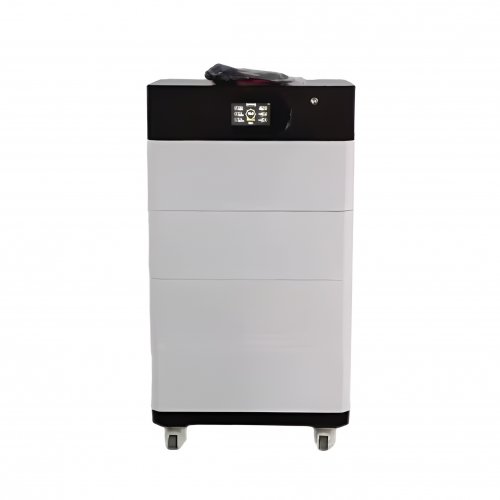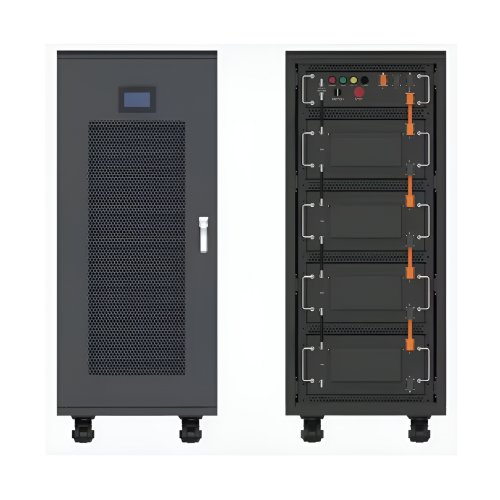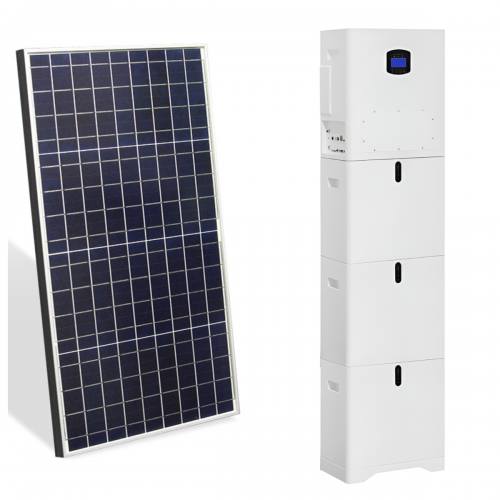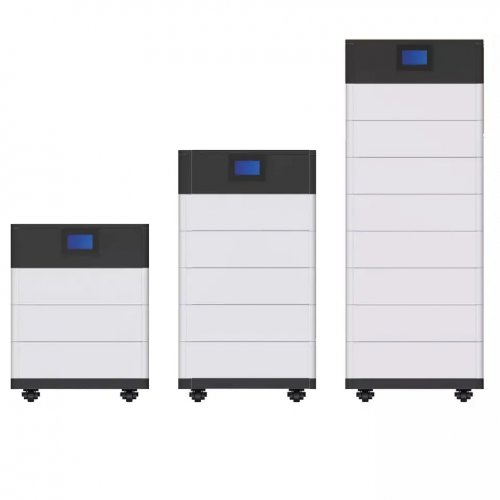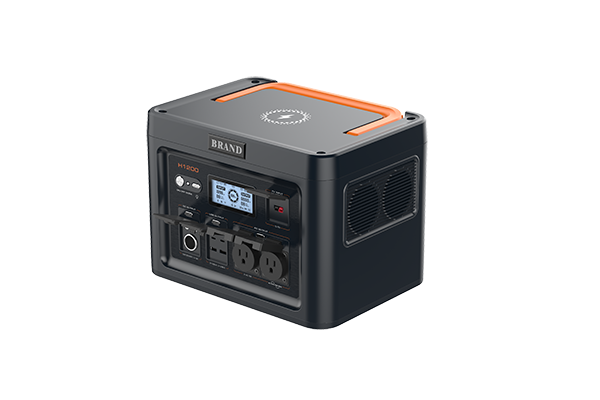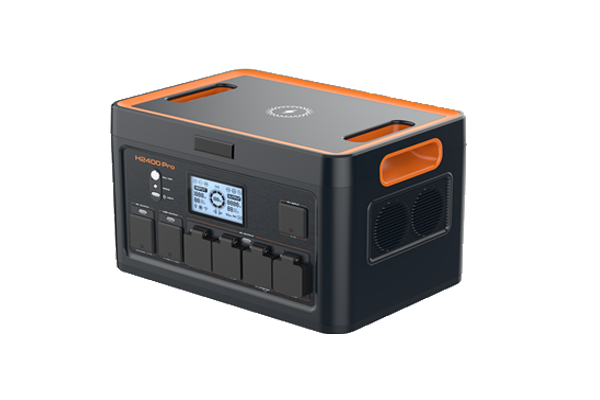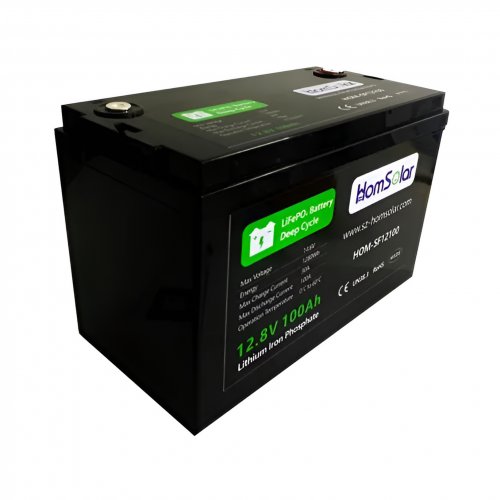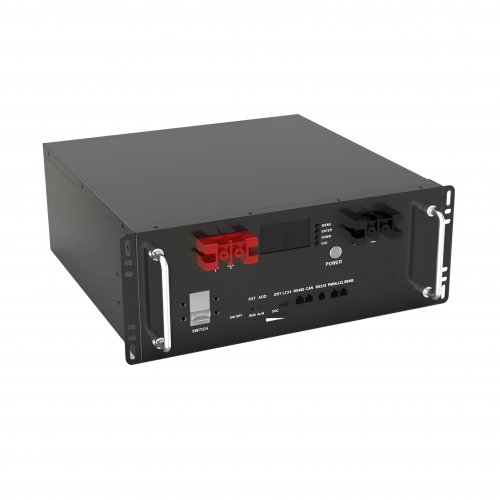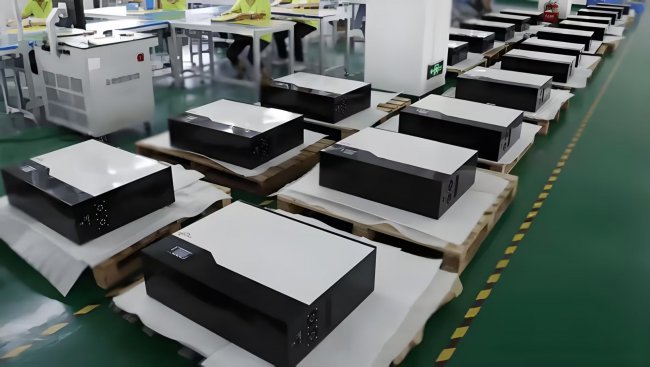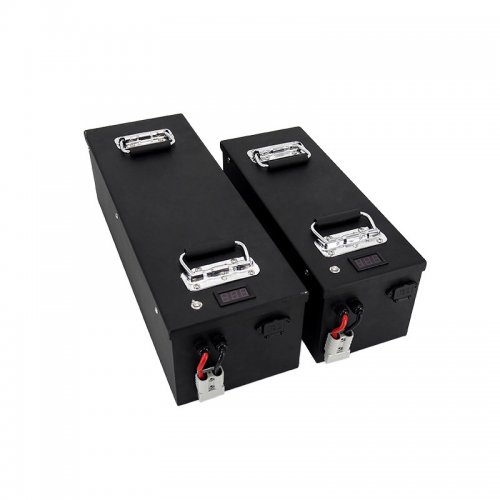Cost Reduction News: Strategic Shifts And Technological Adoption Reshape Corporate Priorities
In an economic landscape characterized by persistent inflationary pressures, geopolitical instability, and cautious capital markets, the corporate mandate for cost reduction has evolved from a periodic exercise to a continuous, strategic imperative. Unlike the reactive, broad-brush austerity measures of the past, the current wave of cost optimization is increasingly driven by data, technology, and a focus on long-term value creation rather than mere short-term savings. Companies across sectors are re-engineering their operations, with a pronounced shift towards intelligent automation, supply chain resilience, and operational efficiency as the new frontiers for sustainable financial health.
Latest Industry Dynamics: Beyond Traditional Belt-Tightening
The recent earnings season has underscored a significant trend: companies are no longer celebrating revenue growth alone but are being rewarded by investors for demonstrating disciplined margin control and clear cost management pathways. This has led to several observable dynamics in the market.
First, there is a marked acceleration in the adoption of Generative AI and advanced analytics for operational cost management. While AI has been on the corporate radar for years, its application is now moving from customer-facing pilots to core internal functions. A major logistics conglomerate recently announced the deployment of a generative AI platform to optimize freight routing and warehouse management, resulting in a double-digit percentage reduction in fuel and logistics overhead. Similarly, financial institutions are using AI to automate complex processes in compliance and risk management, areas traditionally associated with high labor costs.
Second, the concept of the "supply chain" is being fundamentally rethought. The vulnerabilities exposed by recent global disruptions have made companies realize that the lowest-cost supplier is not always the most cost-effective in the long run. The current dynamic is a move towards "cost-informed resilience." This involves nearshoring and friendshoring critical components, investing in predictive analytics for demand forecasting, and holding strategic buffer inventories. Although these actions may involve higher upfront costs, they are calculated to prevent catastrophic revenue losses from future disruptions, representing a more sophisticated, holistic view of cost reduction.
Furthermore, the rise of the subscription economy and Everything-as-a-Service (XaaS) models is changing capital expenditure patterns. Companies are increasingly opting for cloud-based software, platform services, and even manufacturing-as-a-service to convert large, upfront capital expenditures into more manageable and scalable operational expenditures. This shift provides greater financial flexibility and allows businesses to access enterprise-grade technology without the associated maintenance and upgrade costs.
Trend Analysis: The Four Pillars of Modern Cost Management
Analyzing these dynamics reveals several converging trends that define the current cost reduction playbook.
1. Precision Efficiency through Data: The era of across-the-board budget cuts is fading. Instead, companies are leveraging big data and IoT sensors to achieve "precision efficiency." In manufacturing, smart factories use real-time data from connected machinery to predict maintenance needs, preventing expensive downtime and optimizing energy consumption. In offices, data on space utilization is informing hybrid work policies, allowing companies to significantly reduce their real estate footprint.
2. The Sustainability-Cost Nexus: There is a powerful and growing synergy between sustainability initiatives and cost reduction. Investments in energy efficiency, such as transitioning to LED lighting, upgrading to high-efficiency HVAC systems, and installing solar panels, are no longer just PR exercises. They offer a clear and calculable return on investment through lower utility bills. Reducing material waste and optimizing packaging not only minimizes environmental impact but also directly cuts material and shipping costs. This alignment is making green initiatives a core component of the CFO’s agenda.
3. Total Value Sourcing over Low-Cost Sourcing: Procurement strategies are maturing. The focus is shifting from simply negotiating the lowest price per unit to evaluating the "total cost of ownership." This includes factors like quality, reliability, payment terms, and the supplier's own financial stability and ethical standards. Building collaborative partnerships with key suppliers can lead to joint innovation and process improvements that yield cost benefits for both parties, a far cry from the adversarial price-squeezing of the past.
4. Workforce Transformation and Upskilling: As automation handles more repetitive tasks, the nature of work is changing. The trend is not necessarily about mass layoffs but about workforce optimization. Companies are investing in upskilling programs to redeploy employees to higher-value tasks that require human judgment, creativity, and strategic thinking. This reduces the long-term cost of high employee turnover and builds a more agile, future-ready organization, while controlling headcount growth in administrative functions.
Expert Perspectives: Strategy and Caution
Industry experts largely agree on the strategic nature of the current cost reduction focus but also warn of potential pitfalls.
"Today's most successful companies are those that view cost management as a source of competitive advantage, not just a defensive tactic," says Dr. Anya Sharma, a Senior Fellow at the Global Institute for Strategic Management. "They are embedding cost intelligence into their innovation cycles. When they develop a new product, they are simultaneously engineering its cost structure using digital twins and simulation tools. This proactive approach is fundamentally different from the old model of launching first and figuring out costs later."
Michael Thorne, a Partner at a leading management consultancy specializing in operational transformation, emphasizes the human element. "The biggest mistake we see is when leadership mandates a top-down cost-cutting percentage without engaging the people who do the work. The most impactful ideas for efficiency often come from the front lines. A culture of continuous improvement, where employees are empowered to identify and eliminate waste, is far more sustainable and less damaging to morale than periodic, draconian cost-cutting programs."
However, experts also sound a note of caution. "In the rush to adopt AI and automation, there is a risk of underinvesting in change management and data governance," warns Sarah Jenkins, a technology risk advisor. "An AI model is only as good as the data it's trained on. Inaccurate or biased data can lead to flawed recommendations that actually increase costs or create new risks. A strategic, measured approach to technology integration is crucial."
In conclusion, the narrative around cost reduction is being rewritten. It is no longer synonymous with austerity but with intelligence, resilience, and strategic foresight. The companies that will thrive are those that successfully leverage technology to create lean, agile, and data-driven operations, all while viewing their cost structures through a long-term, value-oriented lens. The pursuit of efficiency has become, unequivocally, a core driver of innovation and corporate strategy.
Customized/OEM/ODM Service
HomSolar Supports Lifepo4 battery pack customization/OEM/ODM service, welcome to contact us and tell us your needs.


HomSolar: Your One-stop LiFePO4 Battery Pack & ESS Solution Manufacturer
Our line of LiFePO4 (LFP) batteries offer a solution to demanding applications that require a lighter weight, longer life, and higher capacity battery. Features include advanced battery management systems (BMS), Bluetooth® communication and active intelligent monitoring.

Customised Lithium Iron Phosphate Battery Casing
ABS plastic housing, aluminium housing, stainless steel housing and iron housing are available, and can also be designed and customised according to your needs.

HomSolar Smart BMS
Intelligent Battery Management System for HomSolar Energy Storage System. Bluetooth, temperature sensor, LCD display, CAN interface, UART interface also available.


Terminals & Plugs Can Be Customized
A wide range of terminals and plugs can be customised to suit the application needs of your battery products.

Well-designed Solutions for Energy Storage Systems
We will design the perfect energy storage system solution according to your needs, so that you can easily solve the specific industry applications of battery products.



About Our Battery Cells
Our energy storage system products use brand new grade A LiFePO4 cells with a battery lifespan of more than 4,000 charge/discharge cycles.



Applications in Different Industries
We supply customized & OEM battery pack, assemble cells with wiring, fuse and plastic cover, all the cell wires connected to PCB plug or built BMS.
Applications: E-bike, Electric Scooter, Golf Carts, RV, Electric Wheelchair, Electric Tools, Robot Cleaner, Robot Sweeper, Solar Energy Storage System, Emergency Light, Solar Power Light, Medical Equipment, UPS Backup Power Supply.
We can provide you with customized services. We have the ability to provide a vertical supply chain, from single cells to pack/module and to a complete power solution with BMS, etc.


HomSolar (Shenzhen) Technology Co., Ltd







